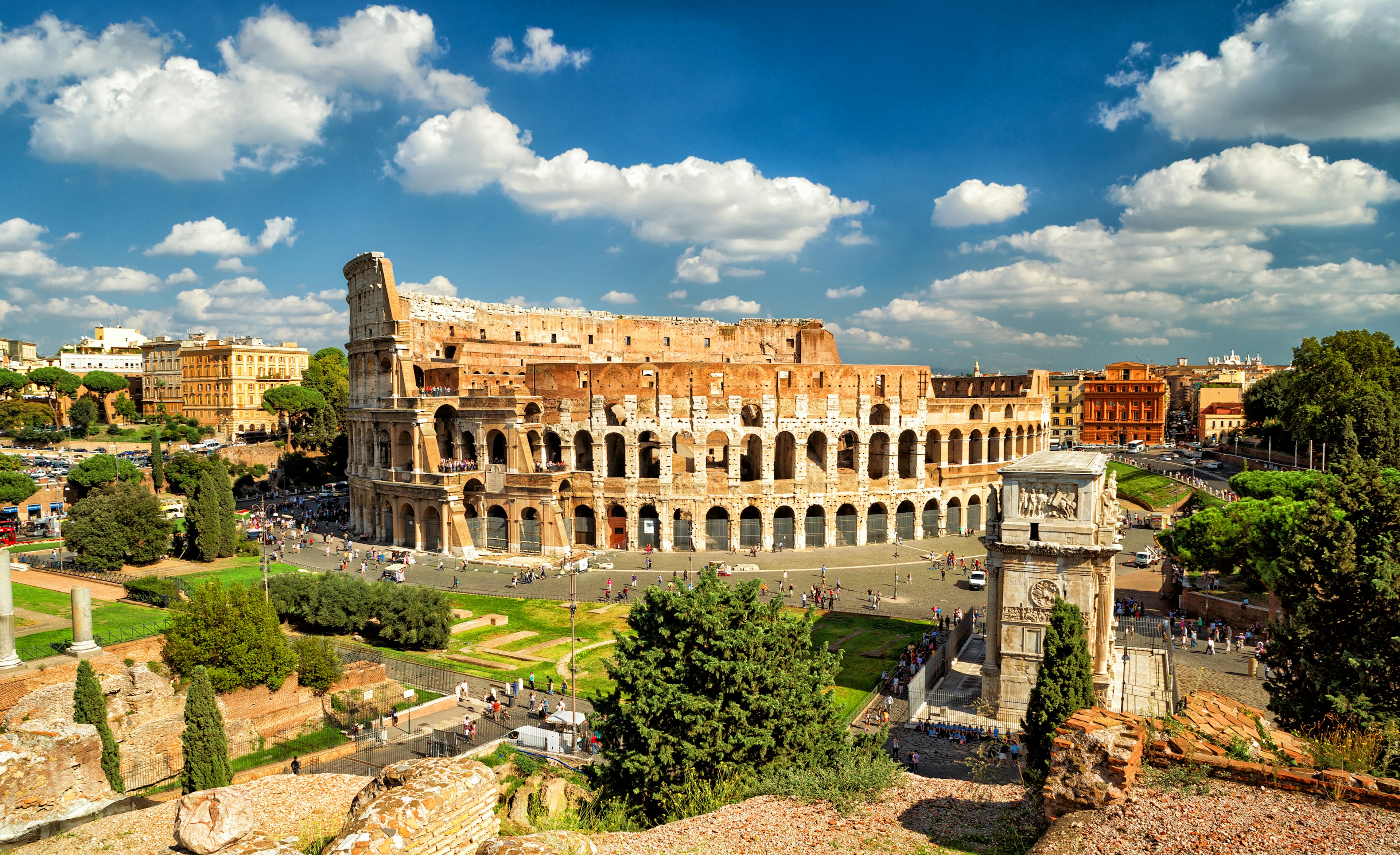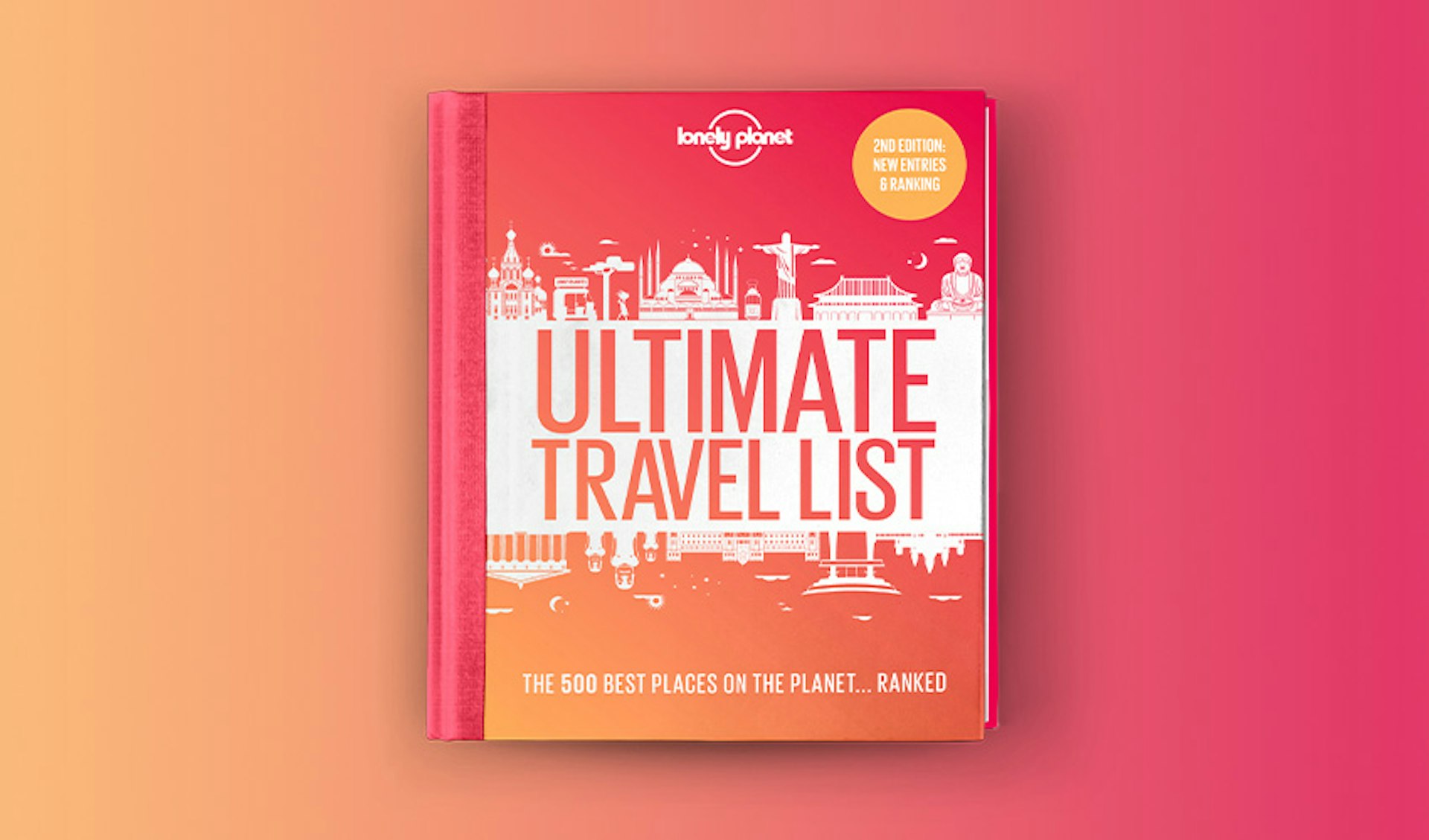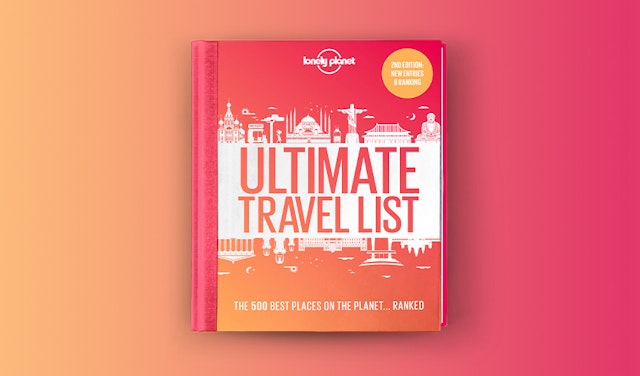A heady mix of haunting ruins, awe-inspiring art and vibrant street life, Italy’s hot-blooded capital is one of the world’s most romantic and charismatic cities. A trip to Rome is as much about lapping up the dolce vita lifestyle as gorging on art and culture.
Idling around picturesque streets, whiling away hours at streetside cafes, people-watching on pretty piazzas – these are all central to the Roman experience. Here’s a look at the city’s top neighborhoods.
Editor's note: during COVID-19 there may be additional travel restrictions. Check the latest guidance in Rome before planning a trip, and always follow local government health advice.
Ancient Rome
Best neighborhood for exploring the ruins
In a city of extraordinary beauty, Rome’s ancient heart stands out. Located to the south of the city center, this area contains the great ruins of the ancient city, all within easy walking-distance of each other. They start to get crowded mid-morning and throng with tourists until mid-to late afternoon, although in peak season they can be busy all day.
Apart from the big sights, which you can comfortably cover in a couple of days, there’s little in the way of nightlife or shopping action.
The area has two focal points: the Colosseum to the southeast, and Campidoglio (Capitoline Hill) to the northwest. In between lie the forums: the Roman Forum to the left of Via dei Fori Imperiali as you walk up from the Colosseum, the Imperial Forums to the right.
Rising above the Roman Forum is the Palatino, and behind that, the grassy expanse of the Circo Massimo. To the northwest of the Circo, you'll find the Bocca della Verità and a couple of early Roman temples in an area that used to be ancient Rome’s cattle market (Forum Boarium).
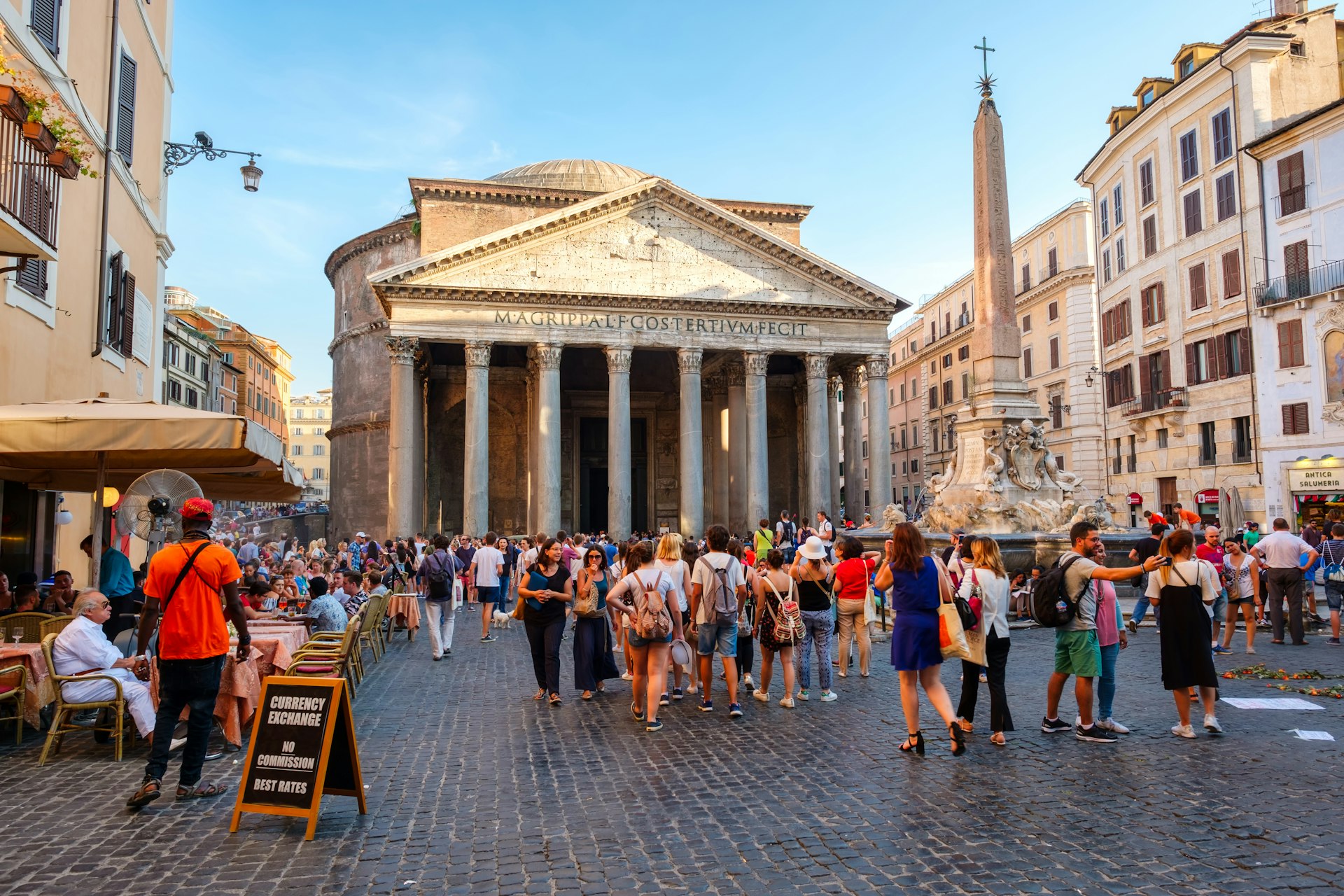
Centro Storico
Best neighborhood for the Roman experience
A tightly-packed tangle of cobbled alleyways, Renaissance palaces, ancient ruins and baroque piazzas, the historic center is the Rome many come to see. Its theatrical streets teem with boutiques, cafes, trattorias and stylish bars, while market traders and street artists work its vibrant squares.
The Pantheon and Piazza Navona are the star turns, but you’ll also find a host of monuments, museums and churches, many with works by the likes of Michelangelo, Caravaggio, Bernini et al.
Many people enter the area by bus, getting off at Largo di Torre Argentina; from there it’s a short walk up to the Pantheon and beyond that to Rome’s political nerve-center Piazza Colonna. Nearby, on Via del Corso, the Galleria Doria Pamphilj houses one of the capital’s finest private art collections.
On the other side of Corso Vittorio Emanuele II, the main thoroughfare through the area, all roads lead to Campo de’ Fiori, home of a colorful daily market and hectic late-night drinking scene. From "il Camp" you can shop your way down to the medieval Jewish Ghetto, a wonderfully atmospheric neighborhood of romantic corners, hidden piazzas and kosher trattorias.
From modest pensioni to family-friendly apartments and glamorous high-end hotels, the historic center has a wide array of accommodations. Budget places are fairly thin on the ground, though, and prices are relatively high. Noise can also be a nuisance, particularly if your room overlooks a busy street or piazza. However, the pros of staying here – atmosphere, being in the heart of the action, loads of eating and drinking options – vastly outweigh the cons.
Monti, Esquilino and San Lorenzo
Best neighborhood for art lovers
Centered on transport hub Stazione Termini, this is a large and cosmopolitan area that, upon first glance, can seem busy and overwhelming. But hidden among its traffic-noisy streets are some beautiful churches, Rome’s best unsung art museum at Palazzo Massimo alle Terme, and any number of trendy bars and restaurants in the fashionable Monti, student-loved San Lorenzo and bohemian Pigneto districts.
Allow a full day to explore Esquilino, named after one of Rome's seven hills and incorporating the down-at-heel streets around Stazione Termini (Rome's main train station and transportation hub) and Piazza Vittorio Emanuele II (Rome's largest city square). The magnificent Basilica di Santa Maria Maggiore is located here. Head elsewhere in the evening, as Esquilino can be a bit dodgy after dark.
Heading downhill towards the Colosseum you'll come to Monti, once the ancient city’s notorious Suburra slum – a red-light district and the childhood home of Julius Caesar. Now gentrified, its cafes, bistros, boutiques and “enoteche” (wine bars) lend it bags of charm: a fact that is never more apparent than on weekends when seemingly half of Rome flocks here to shop, drink and eat. Follow suit for a day at least and be sure to dine here at least once.
East of Termini, the lively student quarter of San Lorenzo, won't appeal to everyone – it was the area most damaged by Allied bombing during WWII and by day it feels decidedly hungover.
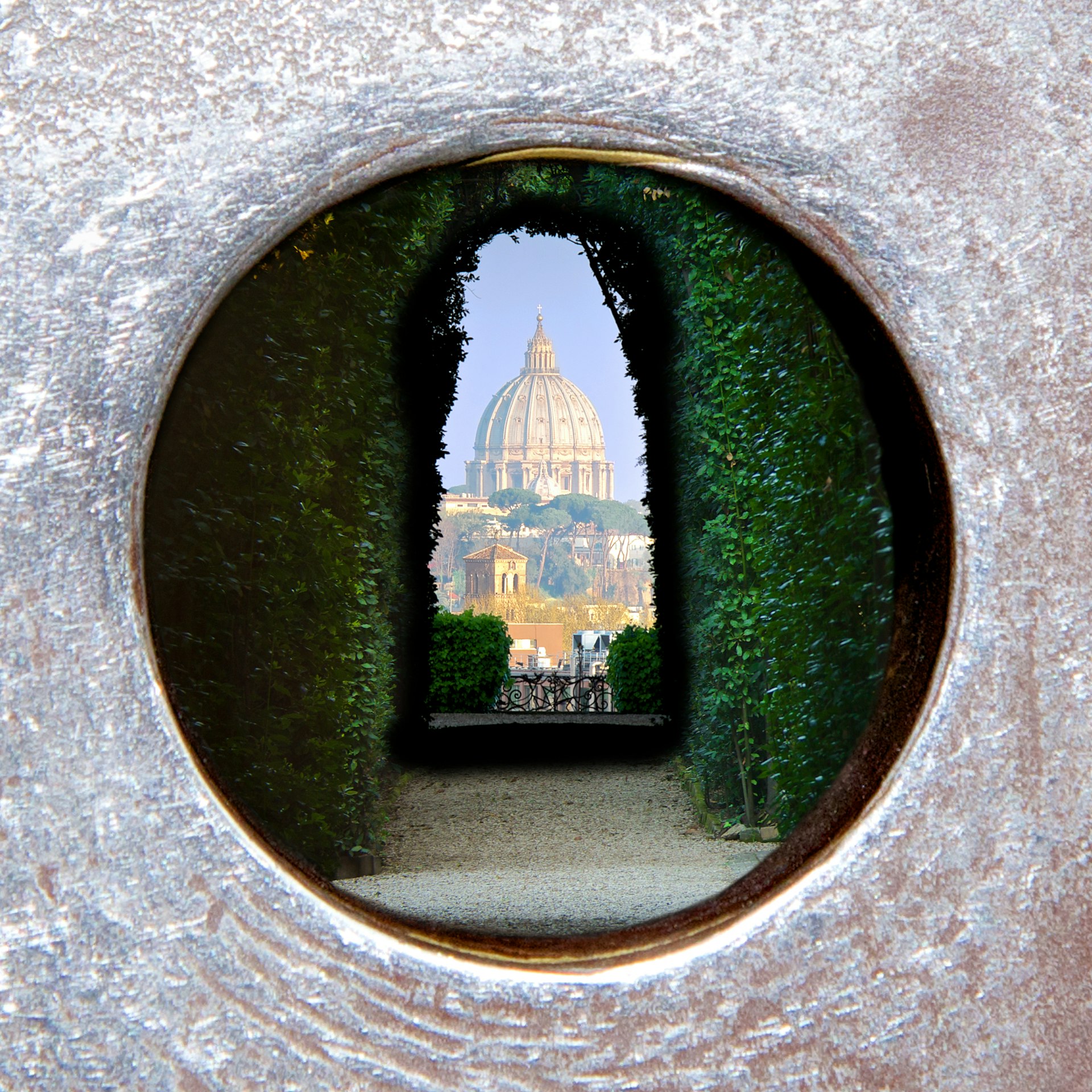
San Giovanni and Testaccio
Best neighborhood for views
Encompassing two of Rome's seven hills, this sweeping, multifaceted area offers everything from dramatic basilicas and medieval churches to ancient ruins, colorful markets and popular clubs. The district can easily be divided into two separate patches: San Giovanni and the Celio, and Aventino and Testaccio. A day in each is more than enough to cover the main sights.
Start off at the landmark Basilica di San Giovanni in Laterano, the focal point of the largely residential San Giovanni neighborhood. It’s easily accessible by metro and quite magnificent, both inside and out. Once you’ve explored the basilica and surrounding piazza, head down Via di San Giovanni in Laterano towards the Colosseum.
Near the bottom, the Basilica di San Clemente is a fascinating church with some eerie underground ruins. From there, you can walk across to the Celio, the green hill that rises south of the Colosseum. There’s not a lot to see but the graceful Villa Celimontana park is a great place to escape the crowds. Further south, the towering ruins of the Terme di Caracalla are a thrilling sight.
To the west, on the banks of the Tiber, the once working-class area of Testaccio is a foodie hotspot with some excellent trattorias and a popular nightlife strip. Rising above it, the Aventino hill boasts several serene medieval churches and one of Rome’s great curiosities – a famous keyhole view of St Peter’s dome.

Southern Rome
Best neighborhood for a bike ride
Southern Rome is a sprawling neighborhood that comprises four distinct areas of interest to tourists: the Via Appia Antica, famous for its Roman ruins, catacombs and bucolic country air; hip, post-industrial Ostiense with its rainbow of street art and cutting-edge nightlife; picturesque Garbatella; and EUR, Mussolini’s futuristic building development spearheaded today by Italian fashion house Fendi, which has its global headquarters here. It’s all quite spread out, but public transport connections are decent.
Allow at least a day for the Appian Way, best kept for when you have the urge to “get out of town.” Fields surround the rickety old, stone-paved road – one of the world’s oldest roads and a much-prized Roman address. The main sights can be done on foot, but to really cover some old paving stones on the road, originally 132 miles-long and requiring a journey of five days when the Romans built it in 312 BC, rent a bicycle from one of the vendors.
To the west, Via Ostiense presents a different picture. Explore by day if you are here to track down street art, admire superb classical statuary in a defunct power station at the Museo Capitoline Centrale Montemartini, or visit the gargantuan Basilica di San Paolo Fuori le Mura, one step removed from Ostiense's gritty soul. Otherwise, come after dark when tagged, disused factories and warehouses buzz with some of the best clubs in town.

Trastevere and Gianicolo
Best neighborhood for walking
With its old-world cobbled lanes, ochre palazzi, ivy-clad facades and boho vibe, ever-trendy Trastevere is one of Rome’s most vivacious and Roman neighborhoods – its very name, “across the Tiber” evokes both its geographical location and sense of difference.
Endlessly photogenic and largely car-free, its labyrinth of backstreet lanes heaves after dark as crowds swarm to its foodie and fashionable restaurants, cafes and bars. Rising behind all this, Gianicolo Hill offers a breath of fresh air and superb views of Rome, which is laid out at your feet.
Trastevere is made for walking – allow at least a full day to explore: key sights include glittering Basilica di Santa Maria in Trastevere; Villa Farnesina, one of the most breathtaking frescoed mansions you're ever likely to see, with home decor by Raphael and others; and Galleria Corsini with its dazzling yet often overlooked art collection.
End your sightseeing foray with a green moment in Trastevere's botanical gardens or, should you be up for the stiff hike, atop Gianicolo – don't neglect to see Bramante’s jewel box, Tempietto, on your way up.
Trastevere is a naturally gourmet destination. To get the most out of it, consider a guided food tour with locals in the know: Casa Mia, GT Food & Travel or The Roman Guy. In Trastevere, you’ll also find a decent choice of mid-range and upmarket hotels and B&Bs that offer peace and tranquility that's scarce in the busy Italian capital.
Main drag Viale di Trastevere more or less separates the "quieter side" of Trastevere from the "noisier side" – bars and nightlife are concentrated west of the street, meaning street noise late at night can be troublesome; east of the street, towards the river, is relatively bar-free and dramatically calmer. The area is also awash in apartment rentals.
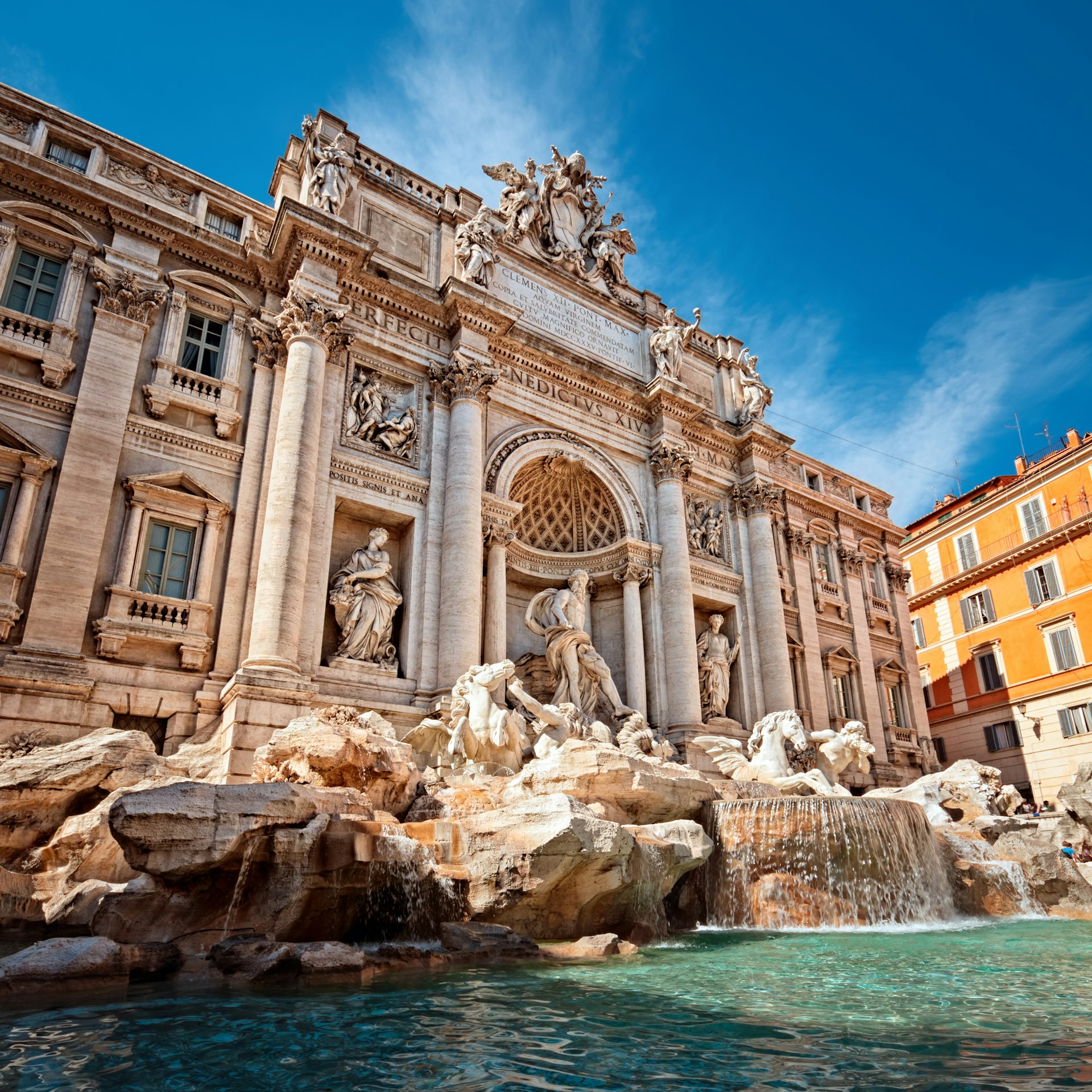
Tridente, Trevi and the Quirinale
Best neighborhood to splurge
Counting the Trevi Fountain and Spanish Steps among its A-list sights, this central part of Rome is debonair and perennially packed with tourists. Designer boutiques, fashionable bars, trendy hotels and a handful of historic cafes and restaurants crowd the streets between Piazza di Spagna and Piazza del Popolo in Tridente, while those around Piazza Barberini and the Trevi Fountain, within shouting distance of the president's palace on the Quirinale Hill, are home to multiple art galleries and an array of eateries that vary wildly in type and quality.
It's worth devoting a full day to exploring Tridente, Rome’s most glamorous district. Start with a coffee standing at the bar in historic Caffè Greco, and then intersperse time at the Spanish Steps, Piazza del Popolo and one or two of the lesser sights (Ara Pacis, Casa di Goethe, Keats-Shelley House) with some shopping and a leisurely lunch.
Dinner options abound, too. The area is easily explored on foot – it's only a short walk from the Centro Storico or Piazza Venezia and is easily accessible from the Spagna and Flaminio metro stations.
Exploring the Quirinale and Trevi areas will take another day – maybe more. There are plenty of art galleries, churches, ancient sites and palaces to visit – we suggest prioritizing the Trevi Fountain, Palazzo Barberini and Chiesa di San Carlino alle Quattro Fontane and then slotting in other sights if time allows.
Stay for dinner as there are plenty of tempting options to be found among the tourist-trap restaurants surrounding the Trevi Fountain. The area's principal gateway is the Barberini metro stop, and it's also relatively easy to get here on foot from the Centro Storico, Piazza Venezia or Termini.
Busy during the day, these areas are sleepy after dark – head elsewhere after dinner. Accommodation in this part of Rome is essentially upmarket and glamorous, with historic and old-world hotels such as the Hassler, Locarno and De Russie jostling for the limelight with more contemporary and fashionable boutique newcomers. Prices predictably match this impeccable pedigree.
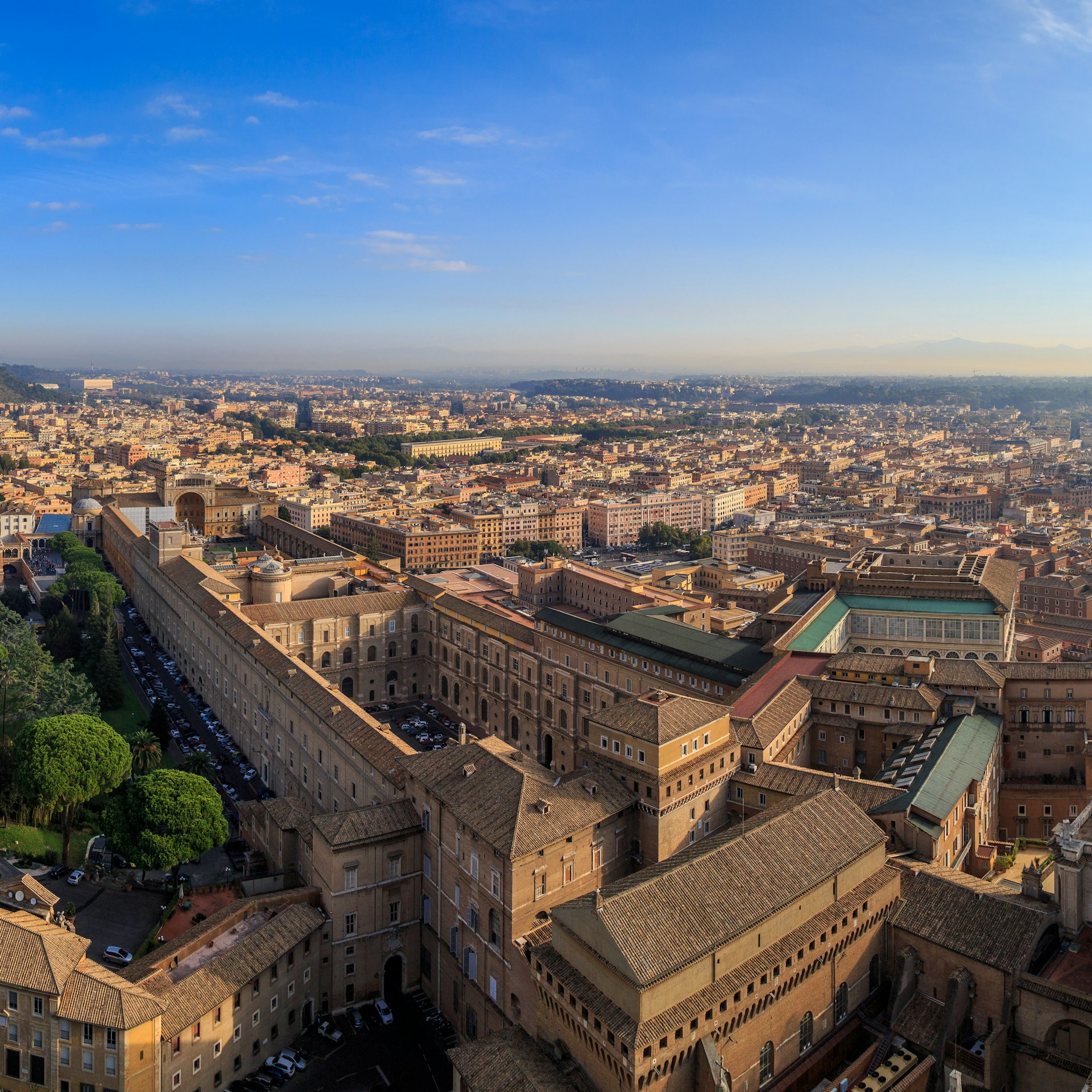
Vatican City, Borgo and Prati
Best neighborhood for museums
The Vatican, the world’s smallest sovereign state, sits over the river from Rome's historic center. Radiating out from the domed grandeur of St Peter’s Basilica, it boasts some of Italy’s most revered artworks, many housed in the vast Vatican Museums (home of the Sistine Chapel), as well as batteries of overpriced restaurants and souvenir shops.
Nearby, the landmark Castel Sant’Angelo looms over the Borgo district and upmarket Prati offers excellent accommodation, eating and shopping.
The Vatican stands atop the low-lying Vatican hill west of the Tiber. Much of its more than 100 acres are covered by the Vatican Gardens, which can only be visited by guided tour, the Palazzo Apostolico (the sprawling palace that houses the pope’s official residence) and the Vatican Museums.
You’ll need at least a morning to do justice to the Vatican Museums. If you’re with a tour guide, or you can sneakily tail onto a group, you can pass directly from the Chapel through to St Peter’s Basilica; otherwise you’ll have to walk around and approach from St Peter's Square, itself one of the Vatican’s most dramatic sights.
Once finished in the basilica, you’ll be ready for a break. There are a couple of good eating options in the Vatican itself, but the nearby Prati district is full of trattorias, takeaways and restaurants.
Between the Vatican and the river lies the Borgo. Little remains of the original medieval district, which was largely destroyed by Mussolini in 1936 to make way for Via della Conciliazione, the monumental road that runs from St Peter’s Square to Castel Sant’Angelo, the large, drum-shaped castle overlooking the river.
The Vatican and Prati have a wide range of accommodation covering all price ranges. At the budget end of the scale you'll find modest convent digs, while mid-range and top-end options include family-run guesthouses, B&Bs and boutique hotels.
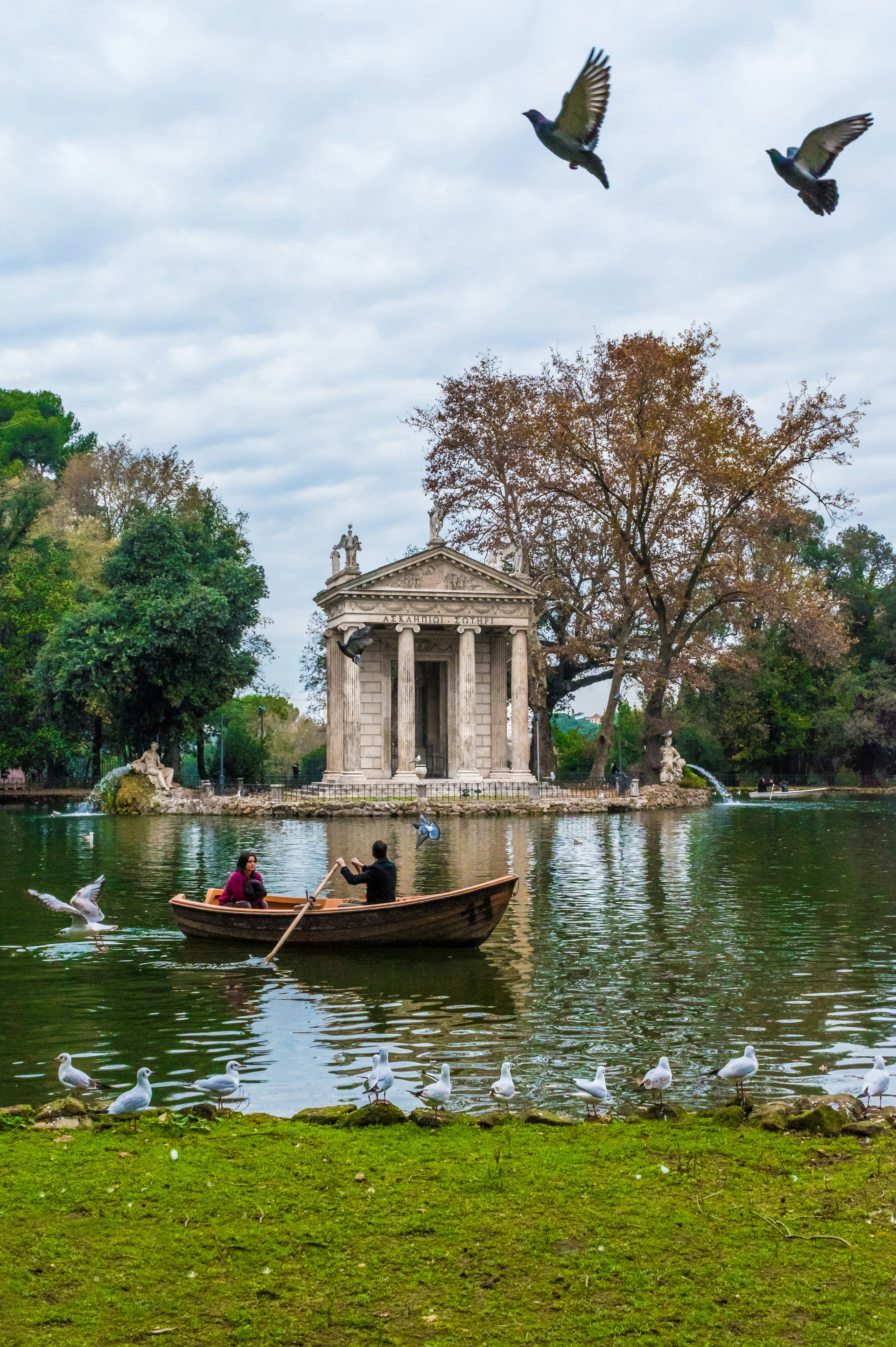
Villa Borghese and Northern Rome
Best neighborhood for families
Although less packed with traditional sights than elsewhere, this large swath of northern Rome is rich in interest. The obvious starting point is Villa Borghese, an attractive park counting the city's zoo, its largest modern-art gallery, and a stunning Etruscan museum among its myriad attractions. But its great scene-stealing highlight is the Museo e Galleria Borghese, one of Rome’s top art museums.
From Piazzale Flaminio, a tram heads up Via Flaminia to two of Rome’s most important modern buildings: Renzo Piano’s concert center, the Auditorium Parco della Musica, and Zaha Hadid’s contemporary-art gallery, MAXXI. Continue up the road and you come to Ponte Milvio, a handsome footbridge and scene of an ancient Roman battle.
Over the river, Piazzale di Ponte Milvio is a favorite hangout, its cafes and busy eateries much frequented by the area's well-to-do residents. To the west, crowds flock to the Stadio Olimpico for top-flight football, Six Nations rugby and the occasional rock concert.
To the east of Villa Borghese, Via Salaria, the old Roman “sale” (salt) road, runs through a smart residential and business district. To the north, Villa Ada park expands northwards while, to the south, Via Nomentana traverses acres of housing as it heads out of town. On Via Nomentana, Villa Torlonia is a captivating park, and the Basilica di Sant’Agnese Fuori le Mura claims Rome’s oldest Christian mosaics.
This neck of Rome harbors some outstanding gelaterie. They're not the easiest to find, though, and unless you know where to look you're unlikely to stumble upon them. A case in point is Neve di Latte, an innocuous-looking place near MAXXI that serves some of the best classical gelato in town. Gelateria dei Gracchi and, over the river, Al Settimo Gelo are other much-lauded gelaterie, known for their creative flavors and use of natural ingredients.
You might also like:
When is the best time to go to Rome?
The 12 best parks in Rome
40 free things to do in Rome
